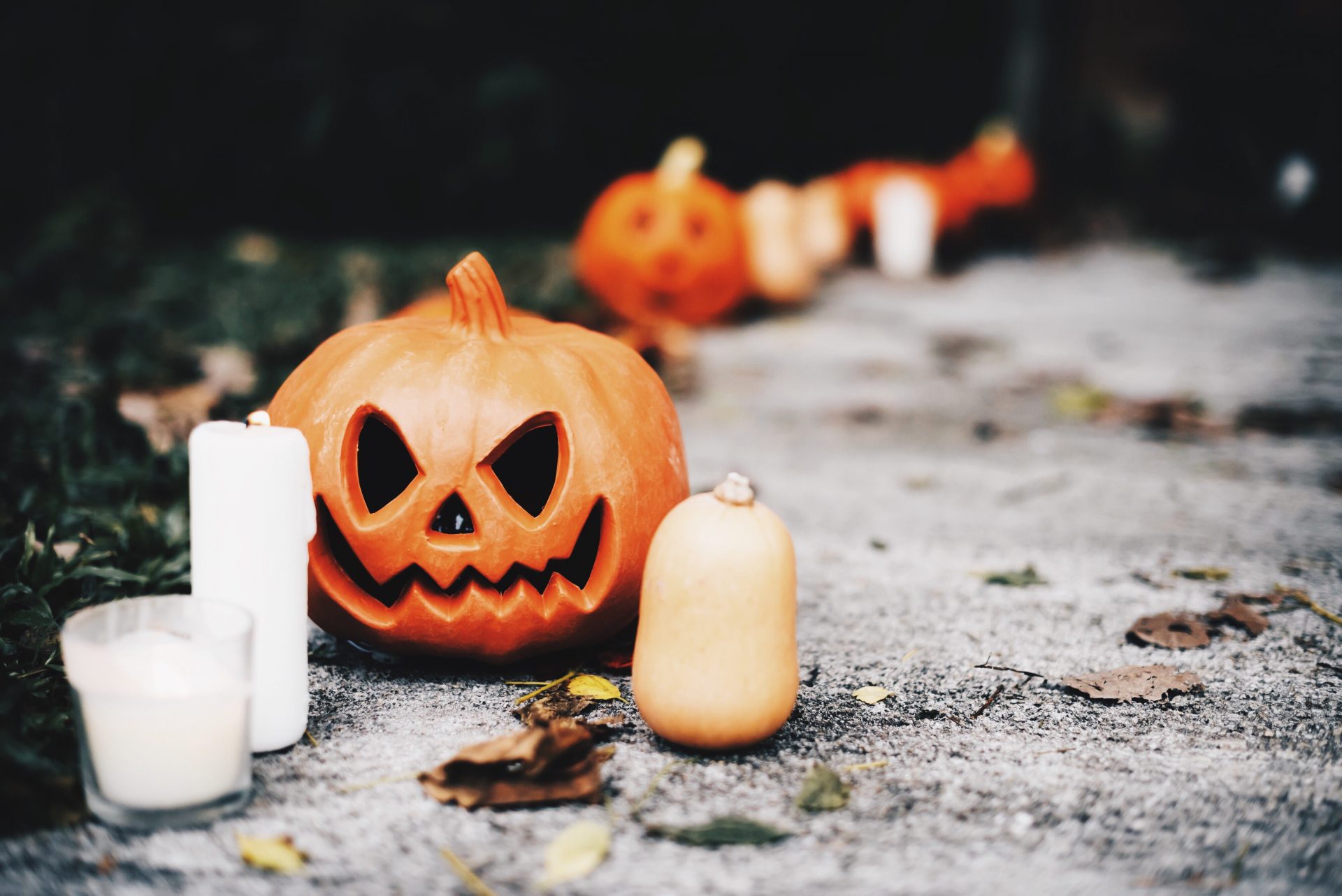Today, in our nation’s capital and across the country, students and allies are marching to protest gun violence and demand gun legislation in the March For Our Lives. Now, the debate about guns is a heated one, and readers of this article no doubt fall on both sides of that debate. But that’s not what I’m writing about today, so you can relax. This is not an op-ed piece or a gun legislation piece.
This is an article about teenagers.
The teenagers organizing the March For Our Lives are facing serious criticism, and a lot of it has to do with the fact that they are underage. Bill O’Reilly tweeted: “The big question is: should the media be promoting opinions by teenagers who are in an emotional state and facing extreme peer pressure in some cases?” Anyone would be in an ‘emotional state’ after experiencing a shooting, but since these are emotional teenagers, y’know, Bill thinks that maybe we shouldn’t really give them too much credit. Don’t listen to those kids, you guys, they’re just hormonal teens! They’re too young to lead serious change in any direction. Right?
The thing is, it’s teenagers who’ve led quite a lot of change in the world. Malala Yousafzai was eleven when she first started speaking out for women’s education, and won the Nobel Peace Prize at seventeen. Joan of Arc led the French army when she was only thirteen, and continued leading until she was killed at the age of nineteen. Mary Shelley casually invented the genre of science fiction when she was eighteen. Teens get stuff done, okay? And in case you’re thinking those famous few are just outliers, I thought I’d remind you of a few more.
1) Sybil Ludington, sixteen-year-old revolutionary. The daughter of a colonel during the American Revolutionary War, on April 26th, 1777, Sybil rode over 40 miles on her beloved horse, Star, to gather the militia of New York to defend against an attack from the British. During this epic ride, she had to fight off highwaymen, navigate dangerous terrain, and avoid those who would turn her in as a traitor. By comparison, Paul Revere only rode about 12 miles, which doesn’t seem quite as impressive. Ludington worked as a messenger for the remainder of the war — and her teen years.
2) Mary Anning, twelve-year-old paleontologist. In 1811, when Mary Anning was, yes, only twelve years old, she discovered and correctly identified a complete Ichthysaur skeleton — the first ever, by the way. This discovery completely changed the field of paleontology and basically science in general, because it provided key evidence for the argument of extinction that we now take for granted as general fact. She went on to become a renown fossil hunter for most of her life.
3) Duro-Aina Adebola, Akindele Abiola, Faleke Oluwatoyin, and Bello Eniola — fourteen- and fifteen-year-old inventors. At the world-famous Maker Faire of 2012 in Lagos, Nigeria, these four teenage girls presented a device which can convert a liter of urine into six hours of electricity. Yes, really. While there’s still a lot of work moving forward to make the device usable long-term (its use of hydrogen has a lot of safety issues), the invention rattled the tech world in a big way.
So let’s all just table this argument that teens are ‘too young’ to get anything done, to have an opinion, to lead or make change. Historically, that simply isn’t true. Teens are, quite often, just as capable as their adult counterparts — and occasionally more so. Whether you agree or disagree with them, whether you’re marching today or staying at home, don’t deny anyone their right to an opinion based on their age. Age is, all too often, just a number.
Thanks to Abrams Books for sharing “Bygone Badass Broads” with us, an awesome book by Mackenzi Lee that gave us the info we needed for #1 & #2 in this article. It’s a great read!








